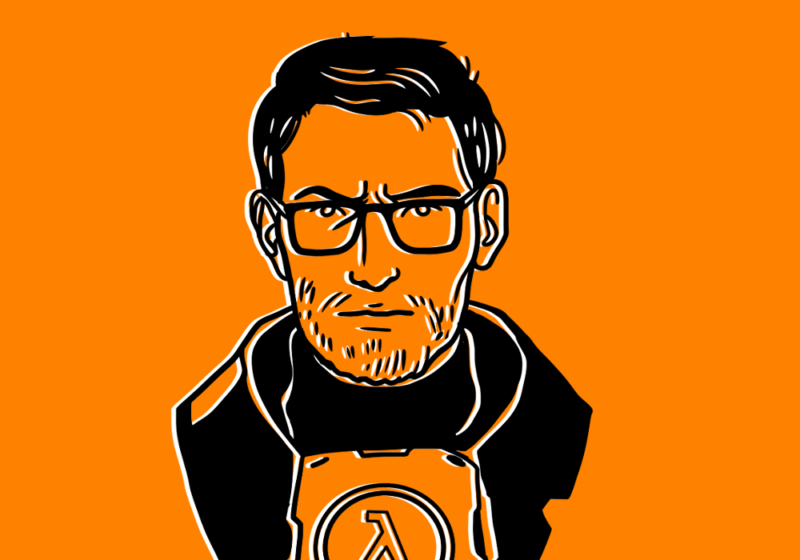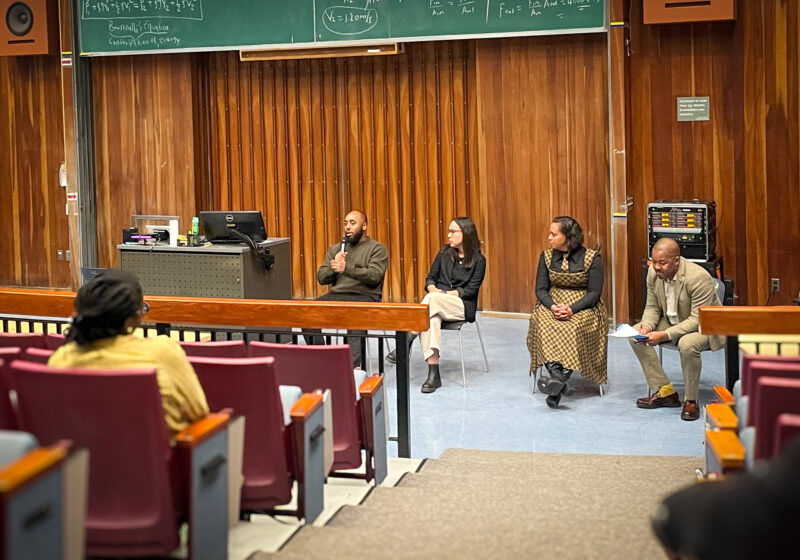Since “Half-Life: Alyx,” the long-awaited continuation of the “Half-Life” series, was released last Monday, I thought I’d replay its masterpiece predecessor: “Half Life 2.”
Despite its age (it’s from 2004) “Half-Life 2” is not only a technological showcase of physics simulations and graphics, but a terrifying, enthralling, and detailed first-person shooter experience. You play as ex-nuclear scientist, MIT grad, and one-man army Gordon Freeman, with the mission of liberating humanity from the dystopian clutches of the Combine, an alien race who are on their way to enslaving earth. With your only help being a ragtag human resistance and some trusty weapons, the game convinces you of the value of community in the face of an overwhelmingly powerful enemy.
That makes it sound cliche, but the way developer Valve characterizes your enemies and allies makes the experience so compelling that it motivates you to see it to its end. You feel intrinsically motivated to free your fellow humans from the clutches of the Combine, and the satisfaction of playing the underdog telling a bully to piss off is irresistible.
From the game’s first moments, Valve showcases the dynamic of the oppressors beating down a disenfranchised humanity. Gordon arrives at the train station of City 17, an unnamed Eastern European city converted into a massive concentration camp. As you exit the train, you’re forced to watch Combine soldiers heckle and beat human prisoners, dressed in identical blue uniforms. In one scene, a Combine soldier tells you to pick up a can on the ground and throw it in a trash can. If you refuse and throw the can in his face instead, he’ll beat you with an electrified baton.
While being forced to walk around the city, the game constantly reminds you that the Combine is watching. Giant monitors playing looped propaganda are unavoidable, and drones sneak up,snap photos of you, — blinding your screen with light — and heckle you.
Combine soldiers fill the streets. Some humans have betrayed their kind, joining the Combined ranks out of convenience. On top of all this, alien headcrabs (basically facehuggers from the movie “Alien”), have turned a number of humans into zombies hell-bent on murdering you. There are also alien bugs called ant-lions which have infested the earth. They are also hell-bent murdering you.
The odds are obviously stacked against you, but the glimmers of hope and solidarity that come with aiding the human resistance provide a metaphorical light guiding you through the tunnel.
While Gordon is on his own for most of the game, murdering Combine soldiers, launching explosive barrels at zombies and aliens, and solving puzzles, every once in a while you’ll find a secure checkpoint run by resistance members. Resistance members express their happiness in meeting the one-man army himself, give you health packs, and direct you where to go next. They make small talk, reminiscing about the days before the Combine, and jokingly disregard the likelihood of a painful death at the hands of enemies. These moments provide a bit of breathing room in between hours of intense action, and directly interacting with allies reminds you that you’re part of a movement bigger than yourself.
There’s a subtle feature of “Half-Life 2” which made an impression on me. An early section finds Gordon traveling adjacent to a body of water from safepoint to safepoint in a dune buggy. At every safepoint is a pair of binoculars that lets you view the next. You can see resistance members talking in the distance, and preparing for whatever awaits them.
When I first experienced this feature, I was stupefied. It had me convinced that the resistance movement was alive, and motivated me to get to that next checkpoint to preserve that remaining sanctuary of humanity.
While I won’t go into detail about the accomplishments of Gordon and the resistance members for the sake of spoilers, know that you give the Combine a run for their money. Gordon and the ragtag group of survivors pull off inspiring feats in the course of the game that make hours of struggle and horror worth it. I hope you experience them yourself.
These moments of community in the midst of a powerful enemy reminded me of humanity’s fight against COVID-19. Like the enemies in “Half Life 2,” COVID-19 is terrifying and overwhelming, and has put a halt to life as we know it. And like the world of “Half-Life” after the Combine invasion, our communities will most likely be changed forever. Even considering these nerve-wracking uncertainties, playing “Half Life 2” again reminds me that the power of community can inspire hope in even the most bleak circumstances.




